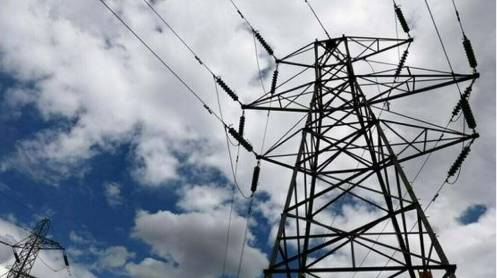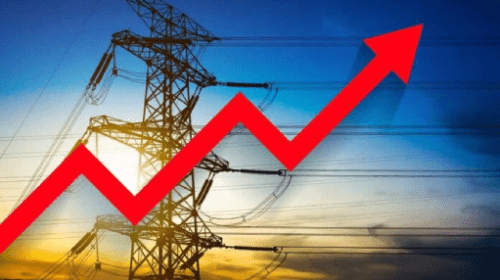ISLAMABAD: Federal Minister for Finance and Revenue, Senator Muhammad Aurangzeb, has reiterated the government’s unwavering commitment to resolving critical issues related to taxation, energy, and financing, as part of its efforts to ensure the long-term viability and future growth of Pakistan’s industrial sector. He made this statement during a meeting held today at the Finance Division with the leadership of the All Pakistan Textile Mills Association (APTMA). The meeting was attended by senior officials, including the Chairman of the Federal Board of Revenue (FBR), the Secretary of the Commerce Division,…
Read MoreCategory: Highlights
Pakistan’s industry paying double power costs of US, China, India: report
ISLAMABAD: Pakistan’s industrial sector is paying almost double the electricity prices compared to China, India and the United States, and even higher than the European Union, adversely impacting its export competitiveness. According to the latest ‘Electricity 2025 — Analysis & Forecast to 2027’ report by the Paris-based International Energy Agency (IEA), the average 2024 electricity rates in the United States and India amounted to 6.3 cents each per kilowatt-hour (kWh), 7.7 cents in China, 4.7 cents in Norway and 11.5 cents in the European Union. In comparison, average electricity prices for energy-intensive…
Read MoreCentre hindered Sindh’s efforts towards sustainable energy: CM
• Says federal govt doesn’t want to build additional power plants• Distributes solar panels in Karachi KARACHI: Recounting the hurdles faced by the Sindh government in promoting renewable energy and developing the Thar coal project, Chief Minister Syed Murad Ali Shah on Wednesday said that the federal government had continued to prioritise imported coal-based power plants and refused to grant approvals for additional power generation. He said that when the PPP had initiated a solar energy project, restrictions were imposed on renewable sources such as wind and solar energy, hindering…
Read MorePakistan industries pay almost twice the power costs of China, India, and US: report
Pakistan’s industrial sector is paying almost twice the electricity costs compared to China, India, and the United States, putting its export competitiveness at a disadvantage. A report by the International Energy Agency (IEA) shows that power tariffs for energy-intensive industries in Pakistan averaged 13.5 cents per kilowatt-hour (kWh) in 2024, surpassing those in major economies and even exceeding rates in the European Union. The Electricity 2025 — Analysis & Forecast to 2027 report by the Paris-based IEA states that industrial electricity prices in 2024 stood at 6.3 cents per kWh in both…
Read MoreOil eases in choppy trading on U.S. tariffs, OPEC+ plans to raise output
HOUSTON: Oil prices eased slightly in choppy trade on Thursday with Brent still below $70 under pressure from trade tariffs between the U.S., Canada, Mexico and China, and OPEC+ plans to raise output. Those factors and a larger than expected build in U.S. crude inventories had sent Brent as low as $68.33 on Wednesday, its weakest since December 2021. Brent futures were down 29 cents, or 0.4%, at $69.03 a barrel by 11:10 a.m. ET (1610 GMT) on Thursday while U.S. West Texas Intermediate crude futures eased 37 cents, or…
Read More







